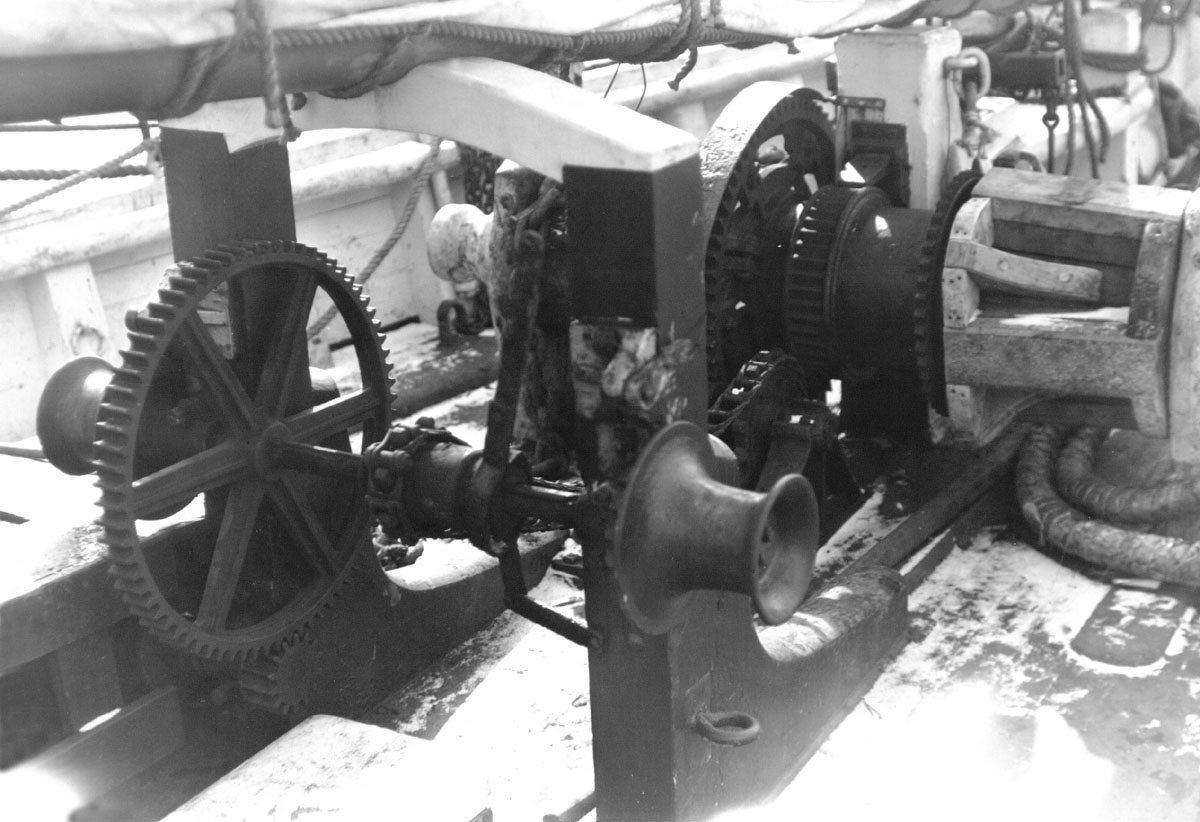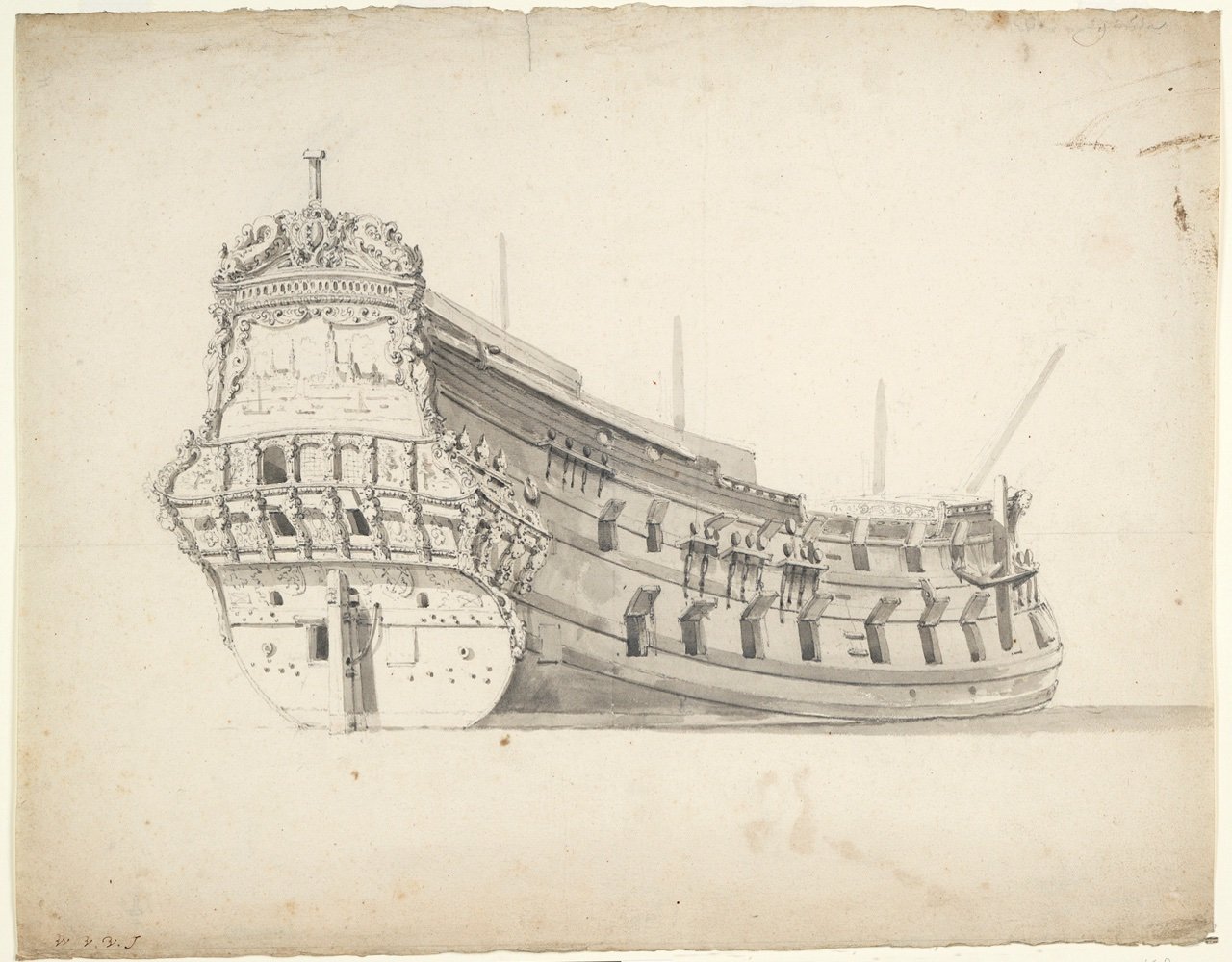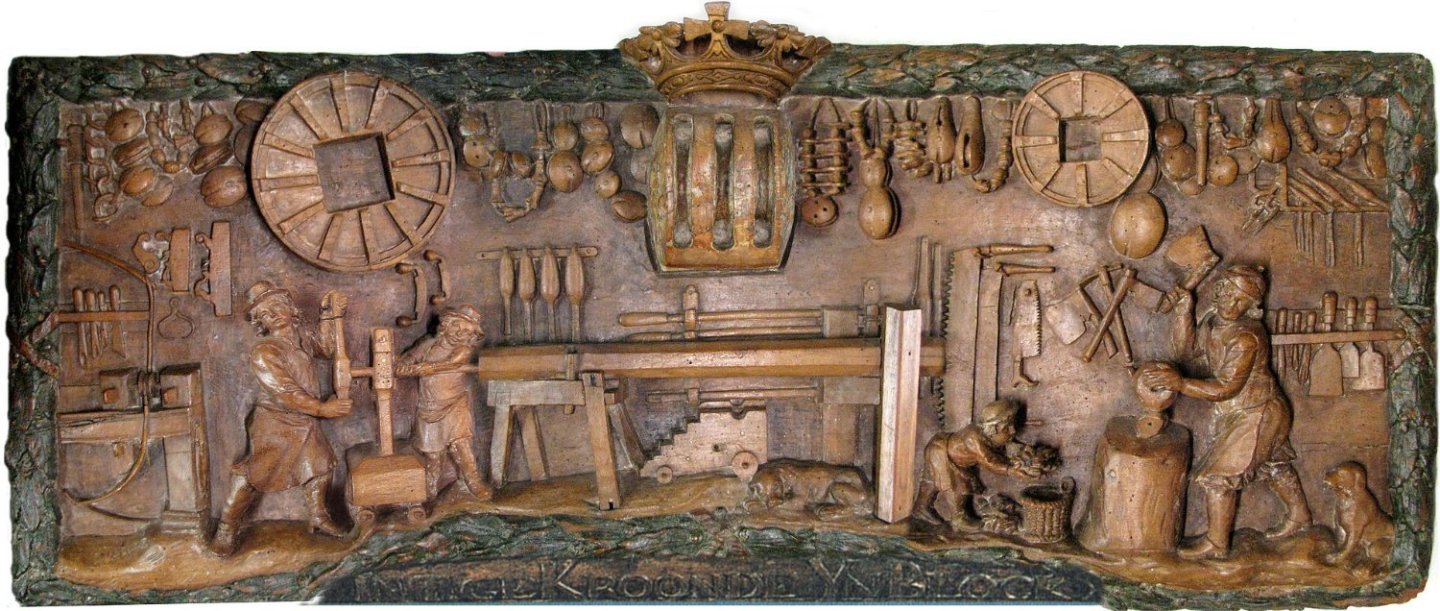-
Posts
3,341 -
Joined
-
Last visited
Content Type
Profiles
Forums
Gallery
Events
Posts posted by amateur
-
-
Nice start. Those nails can’t be taken seriously. Way overscale and far too inconsistent in looks.
do you know this guy on youtube?
https://youtube.com/@EngelsCoachShop?si=kU0tAPZ99_y7J3wj
Jan
- Jack12477, Canute, Old Collingwood and 2 others
-
 5
5
-
-
Compared to your usual scale there is a 0 missing.
Didn't know you were into large-scale models
Jan
-
"Redo her in a different way": I found the first version already pretty amazing....
Will be interesting to see how 7 years of additional experience affects the result.
Jan
-
-
13 hours ago, yvesvidal said:
Thank you Folks for all these recommendations and web sites. Yes, I know all of them and have ordered a lot of parts in the past.
Unfortunately, for this rotary, once you couple the tender, there is not much that can be seen in between. But I do appreciate your ideas and suggestions and my do it at a later time.
Yves
Unless, of course, you don’t glue the roof permanently in place

In any case: looking great.
Jan
- Canute, thibaultron, AJohnson and 5 others
-
 8
8
-
-
I think the size is correct, but the original had a slightly orher design, making it look smaller. I found another photo of the chain (nova scotia archives)

- mtaylor, Retired guy and Keith Black
-
 3
3
-
Try Adam Willaerts and Cornelis Verbeeck.
Both Dutch painters active around 1600. Both known in their time and now for rather accurate depictions of ships, including correct depiction of the rigging of those ships.
Jan
- allanyed, mtaylor and hollowneck
-
 3
3
-
6 hours ago, Bill Jackson said:
Thank you all for your time and replys. The galleon I am currently building is from 1558 and a Spanish Galleon.
I see (again) the manufacturer has made a error. Will it never end???
Bill
Hi Bill,
It will not end: there are virtually no contemporary models from that era, no technical drawings of specific ships.
So: any model of an early spanish galleon is a product of knowledge, and fantasy. And the ratio of those two does vary between kitmakers.So, forgetvthe idea of building an exact model, shop around in pictures and build something that looks like the picture, and is pleasing your own eye. But don’t get annoyed by the ‘an other error, again’.
Even kits of well documented ships have errors (small or large). You can go down the lane of research, but even then, you will for ever have the doubt whether you followed the correct source.
Try googling the dutch maritime painters of around 1600, they have proven to be pretty spot on when it comes to depicting ships of the period, and they did some spanish galleons of that era as well. For earlier ships: do what you like

Jan
- allanyed, mtaylor and hollowneck
-
 3
3
-
-
Happening on this side of the pond too. Recently a official study showed that the much needed knowledge on historical wooden ships is not sufficiently available at the official organisation that certifies these older wooden ships. Resulting in safety certificates that should not have been issued, which in turn leads to accidents involvong heavy injuries or death….
-
Actually, as far as known, there was only one man o war called Gouda (more precise ‘Stad Gouda’), build in 1665, in Amsterdam. Willem van de Velde made a drawing of her.

two-decked frigate.
Lanterns are always a bit of a gamble: the large ships had up to five, smaller ones had less. And to increase the fun: they were removable . Three seems a bit overcrowded for a ship of this size. And although not as elaborate as the English, it had a fair bit of scrollwork going on at the stern (as well as a nice painting of Gouda)
. Three seems a bit overcrowded for a ship of this size. And although not as elaborate as the English, it had a fair bit of scrollwork going on at the stern (as well as a nice painting of Gouda)
As to rigging: Lindberg could have done a better job : the main sail on the bowsprit is missing

Jan
- mtaylor and Frank Burroughs
-
 2
2
-
-
I can see beaty in the design of many modern warships. In these ships I still haven’ foundit.
Nice model, though

Jan
- Old Collingwood, Canute, mtaylor and 1 other
-
 4
4
-
In the east-european forums nickle-silver thread is often used. Thin, rigid, but bendable.
On the orher hand: it is about suggestion. It is better to have a (near)perfect suggestion, than a clumsy, over scale, version depicting reality.
In this case: better to leave it at the downhoal (or uphaul, can’t make out which one you left out) , than messing up in including the other part. The eye is better in seeing what isn’t there than leaving put what should not have been there.
Jan
- Keith Black, mtaylor, ccoyle and 4 others
-
 7
7
-
Hi Frank,
can you give slightly more info?
(pic of the kit perhaps).
for a idea on ships colours aroun 1700 try googling ‘artitec texel’, or check the buildlog here of a card-model of the ‘zeven provincien’.
basically: gold (yellow ochre), green, red, and nothing ‘over the top’
jan
-
Thanks for keeping this wonderful site up!
Jan
- ferretmary1, Ryland Craze, James H and 2 others
-
 3
3
-
 2
2
-
I would like to see the research report of the museum.
In reaction to the research (and its outcomes that the drawings are genuine), Hoving did write an new article (published in Dutch in: Scheepshistorie 33 | Amsterdam University Press (aup.nl)) on those drawings, that still does not openly admit that those drawings had the function of 'technical drawings' (as far as my understanding of the article goes).
Sometimes, I wonder whether part of these discussions are (partly) coloured by the interpretation we give to the word 'technical drawing':
sometimes it looks to me as if people read that as 'a full set of CAD-drawings, giving the exact size and position of each and every part concerned'.
Or: a full set of drawings such as we have them from the English naval archives for all the well-known historical warships (and quite a number of lesser knowns).
@Jules: if I understand you correctly, that is not the type of drawings you are referring to: the examples shown so far do show construction details, the translation from crude measures from the contract to tangible forms, and general layouts showing the relative position of parts to each other, etc, but seem not drawn exactly enough to take measures that can be transferred to the ship under construction. (Or did I miss something important?)
Jan
- flying_dutchman2 and mtaylor
-
 2
2
-
-
The only one I can find is an oldie: micromodels from London had a barge and a natrow boat.
basis, dmall, no clue about scale, and rather expensive as Micromodels are only available second hand, or via the webshop-cowboys…Jzn
- mtaylor and thibaultron
-
 2
2
-
Hi Jules,
very interesting stuff to read. Thank you for taking the time to write and post.
what I was wondering: those drawings did not make it into the archived building contracts (as far as I am told bybothers, never checked myself). Where in the proces between ‘ordering a ship’ and ‘launch’ did they play a role. Was it in the translation of design into a specified contract, or in the proces of building a ship from the measures as stated in the contract?
Jan
- mtaylor, trippwj and flying_dutchman2
-
 3
3
-
Niiiice!
Did you consider replacing the props with a transparant disc? Some diorama builders do to solve the discrepancy between the speed shown and a non-moving prop.
Jan
-
When I take pics of my model and show them 'larger than life', all kinds of unwanted specs, uneven surfaces, blobs of glue etc show up.
Yours only show impeccable craftmanship.
A joy to look at.
Jan
- druxey, FriedClams, Keith Black and 2 others
-
 5
5







Cyclone-Class Destroyer 1902 by Valeriy V - scale 1:45 - Russian Imperial Navy
in - Build logs for subjects built 1901 - Present Day
Posted · Edited by amateur
Hi Valeriy,
what a beautiful work.
I have a question: your hatches show hinges on all dides, and post #130 shows ‘unhinged’ hinges. Was it possible to choose the direction in which these hatches opened? And also: the parts between the hinges, are those to bolt down the hatches while at sea?
Jan